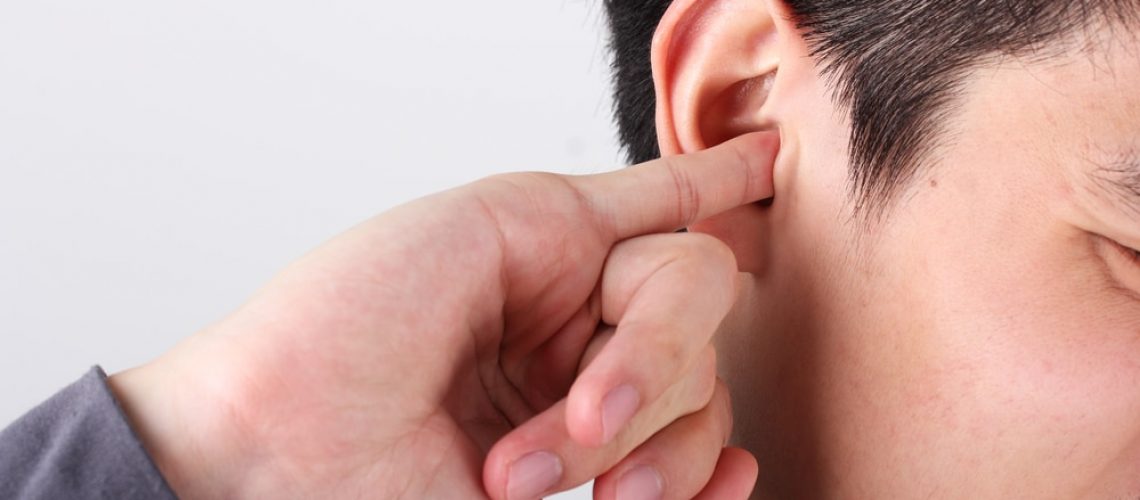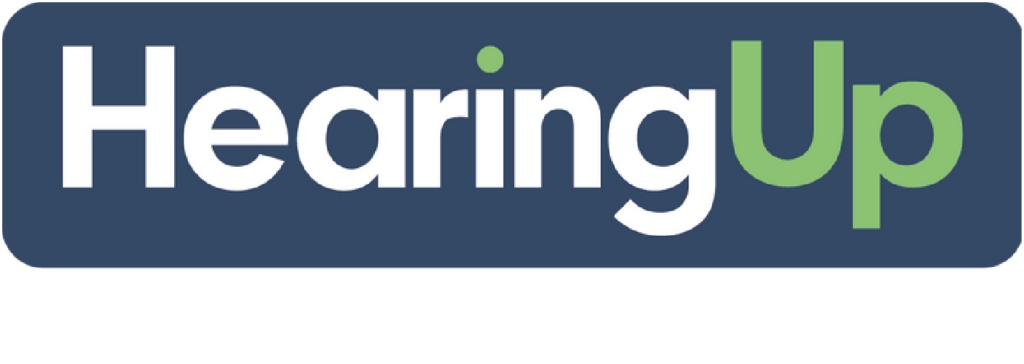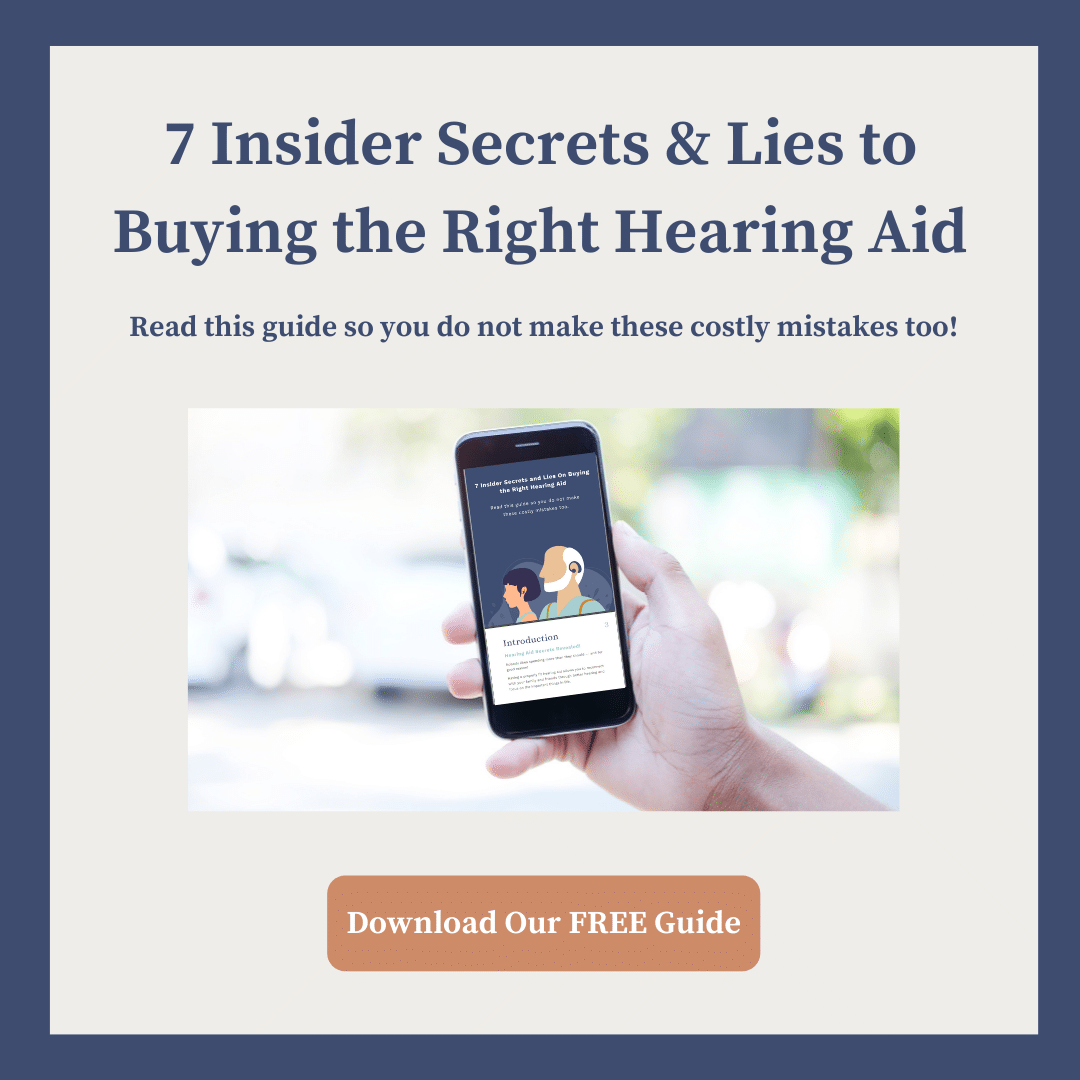Attempting to remove earwax with cotton swabs is incredibly common, but this method is actually ineffective and dangerous to your health. Most patients don’t actually have to worry about removing earwax, but in some cases, a blockage can affect your hearing. Continue reading to learn more about earwax and how to safely remove it.
What is Earwax?
The ears are designed to be self-cleaning, and earwax is part of this process. Earwax is a mix of dead skin cells, oils, and other debris that is intended to naturally move out of the ear over time. It helps to prevent infection, stop dirt or other debris from reaching deep into the ear canal, and provide lubrication that protects the ear canal from scratches. While it may seem like earwax needs to be removed, it is actually healthy to have some earwax present. Otherwise, the ears could become dry, itchy, and prone to infection.
Why Does Earwax Build Up?
Why having some earwax within the ear is important, it is possible to experience a buildup of wax that can block the ear canal, resulting in some hearing loss. You may also feel a sensation of the ears being plugged, similar to if you have water stuck in your ear or are wearing earplugs.
There are several reasons why earwax can build up. Some people have naturally dry earwax, which is especially common in older adults. This can make it more difficult for the wax to naturally move out of the ear. Excess ear hair can also trap earwax and cause a buildup. Patients who have had certain surgeries may also experience build-up due to a change in the anatomy or shape of the ear canal. Finally, wearing hearing aids or even some earbuds may cause earwax buildup. This is more common for hearing aid users but can affect those who wear earbuds for up to 10-12 hours per day—if you find this problem, it can be helpful to switch to over-ear headphones instead.
Are Q-Tips Dangerous To Use In Your Ears?
Q-tips can be dangerous to use within the ears for several reasons. Primarily, cotton swabs are long enough to reach the eardrum, meaning that inserting it far into your ear can significantly damage your hearing. Furthermore, Q-tips are not effective in cleaning earwax, and can even push wax and debris further into the ear—sometimes far enough to perforate the eardrum. Some choose to use Q-tips to dry their ears after a shower. Instead, it is safer to use a hairdryer on a low setting to dry the ears.
How Can I Safely Remove Earwax?
A majority of people do not have to worry about removing their earwax, as it will move out of the ear naturally over time. However, removal is sometimes necessary if you experience earwax buildup. Some at-home removal methods that are safe can include mineral oil, baby oil, and over-the-counter earwax softeners. These products can be dropped into the ears to help soften earwax, which can then fall away naturally or be gently flushed out with water. Using any of these three, leave drops in the ears overnight, using a cotton ball to keep the liquid within the ear.
If these at-home options are insufficient, you can also schedule an appointment with an audiologist. They can use several professional methods, including flushing out debris with a saline solution or manually removing earwax, to remove blockages.
Schedule a Consultation
To learn more about your ear health and safely removing earwax, schedule a consultation at Hearing Doctors of New Jersey. Call (973) 577-4100 or contact us online to set up your appointment.



